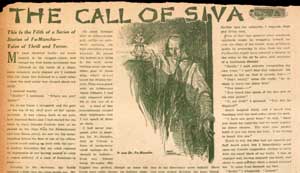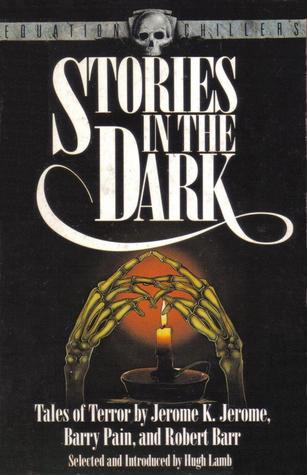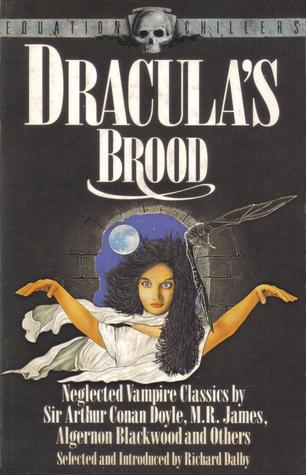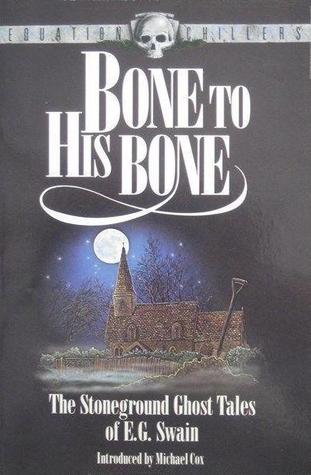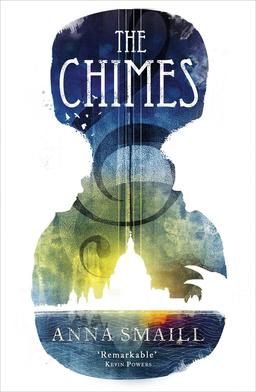Once More Into the Primal Land: Tarra Khash: Hrossak! by Brian Lumley
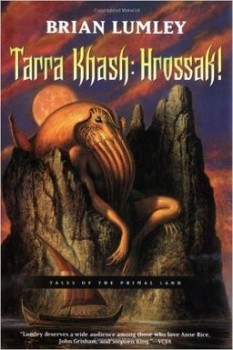 With Tarra Khash: Hrossak!, the British horror luminary Brian Lumley returns with six more stories of derring-do and magical skullduggery set in his primeval land, Theem’hdra. (Two years ago, I reviewed The House of Cthulhu, his first collection of swords & sorcery stories, here at Black Gate.) For those not familiar with the great island-continent, it’s another prehistoric land shoehorned into the Lovecraft Mythos timeline that includes Mu, Lemuria, Hyboria, Hyperborea, and several other forgotten places. It’s the sort of place endemic to tales of swords & sorcery, replete with strong-muscled heroes, conniving merchants, demon-haunted tombs, backstabbing villains, and dastardly wizards with faces hidden in deep cowls (all of which are found in this book).
With Tarra Khash: Hrossak!, the British horror luminary Brian Lumley returns with six more stories of derring-do and magical skullduggery set in his primeval land, Theem’hdra. (Two years ago, I reviewed The House of Cthulhu, his first collection of swords & sorcery stories, here at Black Gate.) For those not familiar with the great island-continent, it’s another prehistoric land shoehorned into the Lovecraft Mythos timeline that includes Mu, Lemuria, Hyboria, Hyperborea, and several other forgotten places. It’s the sort of place endemic to tales of swords & sorcery, replete with strong-muscled heroes, conniving merchants, demon-haunted tombs, backstabbing villains, and dastardly wizards with faces hidden in deep cowls (all of which are found in this book).
Any moderately-read consumer of S&S will have experienced these elements, if not to the point of boredom, at least a whole bunch. To get away with the use of such hoary elements, an author must use them without a bit of irony, and with brio. Lumley does exactly that.
Lumley told Robert M. Price that his inspiration for The House of Cthulhu was the work of Clark Ashton Smith and Lord Dunsany, and it’s a claim only bolstered by the tales in this collection. While his prose is never as ornate or bejewelled as his models, there is a similar love for exotic, haunted landscapes draped in mystery and populated by ancient deities and uncanny magic.

